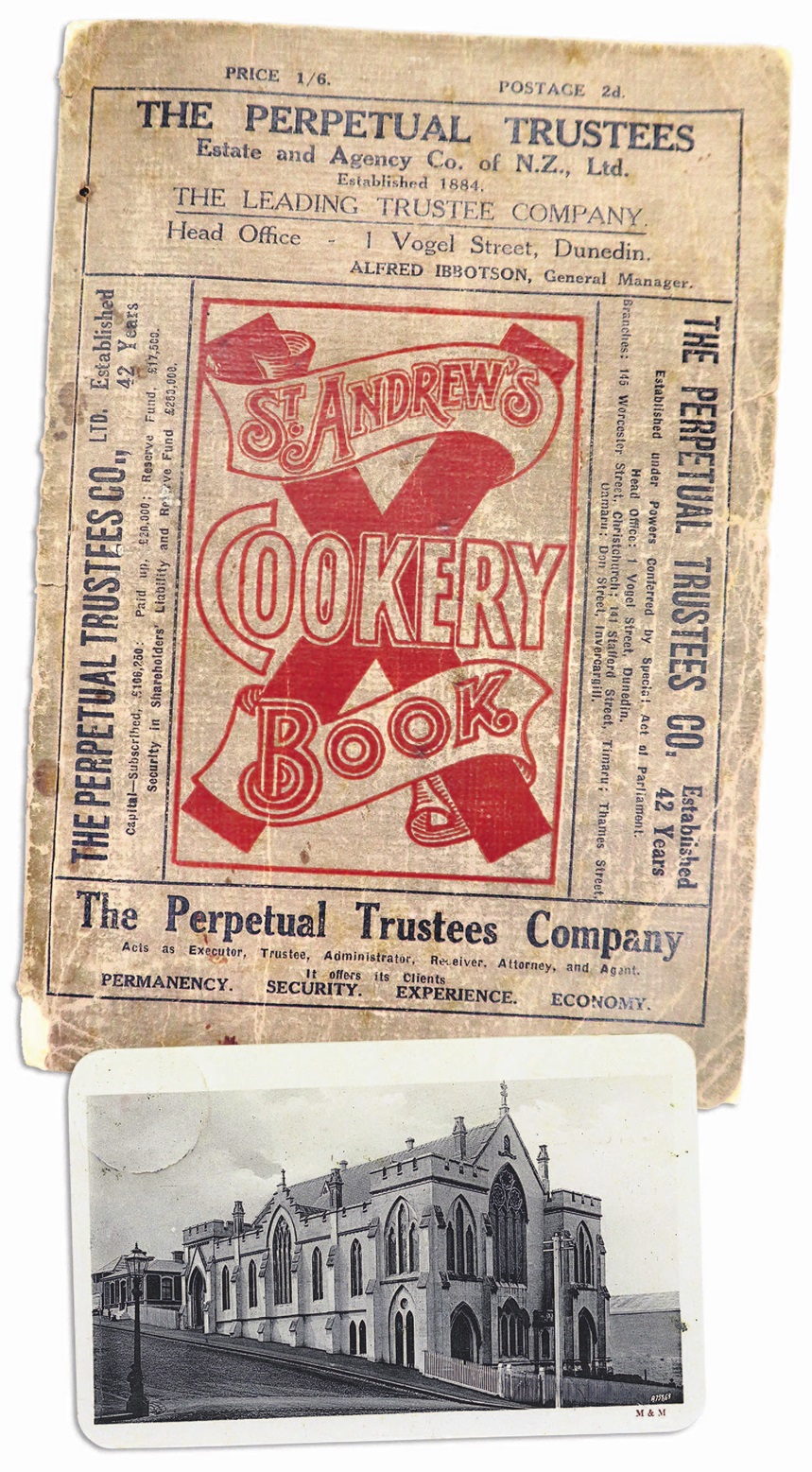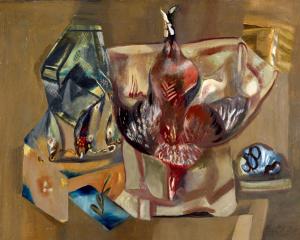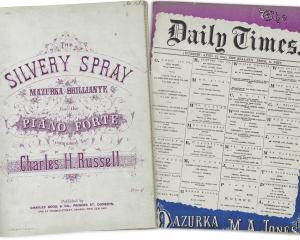

In September 1904, the Rev Waddell, still at the helm of the parish after 25 years (and with another 15 years ahead before he retired), penned a preface for the first edition. In this foreword he argued that, as the right food in the right proportion makes us happy, a cookery book has an ethical and spiritual dimension. Thus, although he was no cook, writing the foreword for a book promoting happiness and wellbeing was something he considered himself well qualified for. What’s more, the proceeds from the sale of the book were to be devoted to "the work carried on in St Andrew’s Church Mission Hall" — a purpose close to Waddell’s heart.
Activities at the mission hall, which opened in 1888, included such things as the operation of a savings bank, a free library, and the country’s first free kindergarten. A percentage of the proceeds from the sale of the cookery book would also become used for supporting the church’s "Own Missionaries" in China: Eddy Kirk from 1909, and Annie Hancock and Annie James from 1912.
The various editions provide us with many more insights into the social fabric of Dunedin. Contributors include several personalities who, like Waddell, were key agents of social change. A section of recipes submitted by the Chalet Hospital appear in some editions. The hospital was founded by nurses Rachel Law Church and Jeannie Sutherland, two pioneers of private hospitals in Dunedin. Following the formation of the Plunket Society in 1907, Sir Frederic Truby King’s "advice to mothers" on the feeding and care of infants would also feature in the book. Contributions from home science professors also begin to appear in the wake of the creation of a school of home science and domestic arts at the University of Otago in 1911.
The idea for the cookery book came from Helen Beadle, of the Friendly Aid Society. She also solicited the first recipes from women of the church congregation and from notable women beyond the parish, including Lady Victoria Plunket, wife of Lord William Plunket, then Governor of New Zealand.
Some of the recipes reflect the backgrounds of the contributors. There are, of course, several recipes that reflect Dunedin’s Scottish Free Church heritage, such as those for haggis and Aberdeen sausage, and one for "Free Church Roast" supplied by a minister’s wife in Scotland.
Clara Solomon, wife of prominent lawyer Saul Solomon, supplied recipes that appear linked to the family’s Jewish heritage. Celebrated pianist and professor of music Annie Blandford’s "Soused Pig’s Head" and "Cuckoo and Schad" (schad being a river fish) reflect her younger years living with her brother in the West Indies. Recipes for Portuguese dishes submitted by Rachel Reynolds are perhaps a nod to her husband’s youth, growing up on his father’s cork plantations on the Iberian Peninsula.
Recipes particular to New Zealand are few, the most noticeable being one for stewed "pukaki" (pūkeko). Apparently, the secret to stewing pūkeko was to hang the bird for as long as possible first (a fortnight in winter) and, after preparing it for the pot, cook it "very slowly for some hours".
The St Andrew’s Cookery Book would remain in print for nearly 30 years, spanning not only the ministry of Rutherford Waddell but also those of his successors, Hector Maclean and Hubert Ryburn. Thirteen editions totalling 66,000 copies were produced. While appearing unashamedly colonialist in outlook and perhaps not everyone’s cup of tea today, these cookery books are a wonderful resource packed with page after page of historical information for the modern reader to digest.
Peter Read is a curator at Toitū Otago Settlers Museum.






![‘‘Neil’s Dandelion Coffee’’. [1910s-1930s?]. EPH-0179-HD-A/167, EPHEMERA COLLECTION, HOCKEN...](https://www.odt.co.nz/sites/default/files/styles/odt_landscape_small_related_stories/public/slideshow/node-3436487/2025/09/neils_dandelion_coffee.jpg?itok=fL42xLQ3)




